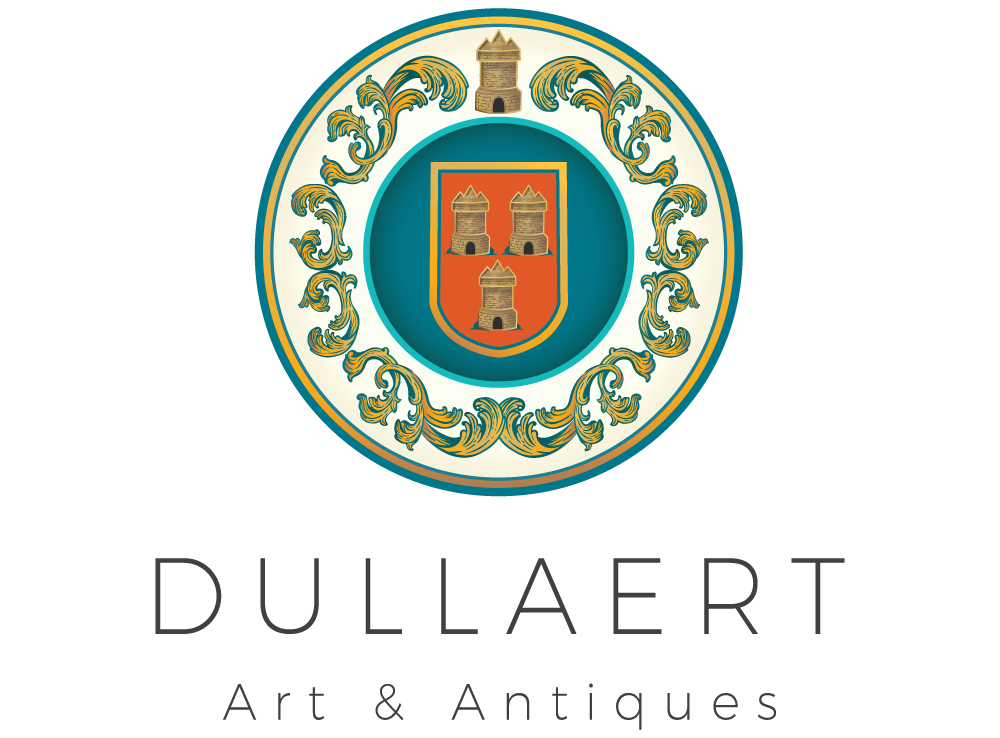Description
[:nl]Een zilveren filigrain kistje van verbazingwekkende kwaliteit. Het kistje is gemaakt van zilverdraad in zeer uitgebreide en symmetrische patronen. Dit soort stukken zijn gemaakt in Europa en in de koloniën in Indië.
In Europa was het niet ongebruikelijk dat leerlingen van een zilversmid na een lange studietijd zo’n stuk maakten om hun vaardigheden te bewijzen en om als meesterzilversmid toegelaten te worden tot het gilde. In Nederland werd dit type kis, ook wel knottekistje genoemd, als huwelijksgeschenk gegeven aan een pas getrouwd stel.
De kist is gekeurd met een Nederlands keurmerk ‘V’ voor geïmporteerde stukken. Het werd van 1 januari 1906 tot 1 september 1953 afgeslagen op buitenlands zilver wat in Nederland ter keuring kwam.
De Russische tsaren bezatten een grote collectie van dit soort filigrain dozen.
De techniek van filigrain zilver wordt in veel delen van de wereld gevonden. Het ontwikkelde zich in de oudheid en ging door tot in de middeleeuwen en de Renaissance. De VOC bracht veel kunstvoorwerpen die met deze techniek waren gemaakt in het Verre Oosten terug voor koninklijke verzamelaars in het Westen. (Zilveren wonderen uit het Oosten, Filigraan van de tsaren)
Zilver filigrain doosje op bolpootjes
Rond 1800, Europa of Azië.
Afmetingen: ca. 10,5 x 8 x 6,5 cm.
[:en]A Silver filigree casket of astonishing quality. The casket is made from silver thread in very elaborate and symmetric patterns. These pieces were made in Europe and in the colonies in the Indies.
In Europe it was not uncommon for apprentices of a silversmith to make such a piece after a long time of scholarship to prove their skills and to be allowed as a master silversmith. In the Netherlands this type of casket was given to a just-married couple as a marriage gift. ( in Dutch: knottekistje)
The box is marked with a Dutch hallmark ‘V’ that was used to from January 1, 1906 to September 1, 1953, for imported pieces of silver.
The Russian Tsars used to have a big collection of this type of filigrain boxes.
The technique of filigree silver is found in many parts of the world. It developed in antiquity and continued into the middle ages and the Renaissance. The Dutch East India company brought back many artifacts made in this technique in the Far East for royal collectors in the West. (Silver wonders from the East, Filigree of the Tsars)
Silver filigree box on ball feet
Around 1800, Europe or Asia.
Dimensions: approx. 10.5 x 8 x 6.5 cm.[:]




